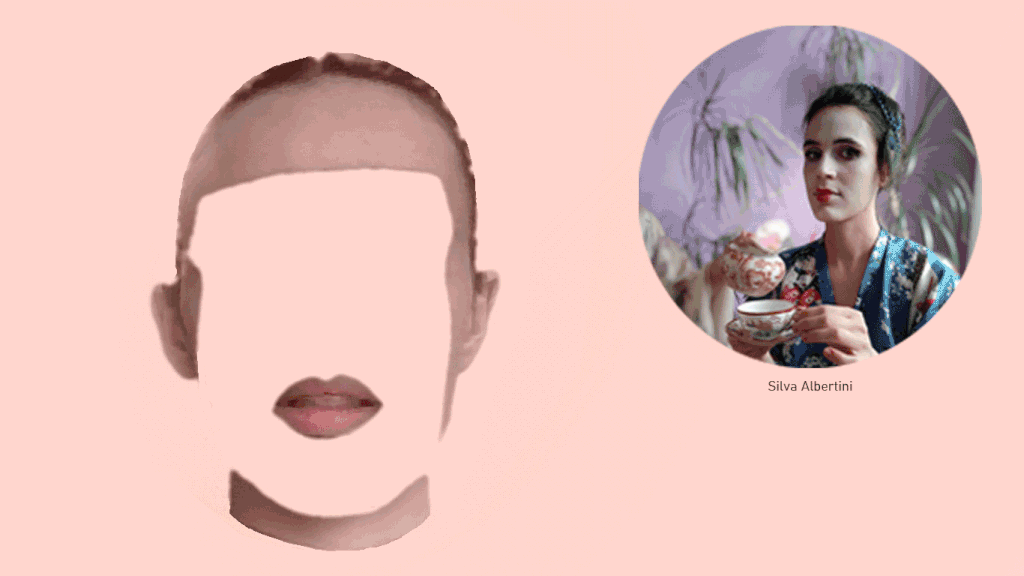
Der plötzliche Status quo der Fernarbeit, mit Einblicken in das Privatleben der Kollegen, vermischt private und berufliche Identität.
Bei dem Versuch, die private von der beruflichen Welt zu trennen, entstehen oft unbeabsichtigte, dissonante und künstliche Situationen. Aber wenn wir beides sind, privat und beruflich, warum nutzen wir dann nicht diese unterschiedlichen Identitäten, die wir haben als Bild, um unseren Auftritt bei Videokonferenzen kontrolliert zu gestalten? Reicht eine statische Fotografie von uns und unserer Stimme aus, um unsere Teilnahme zu zeigen? Was passiert, wenn wir unsere physische Präsenz in einer Videokonferenz teilweise abschirmen? Wie wichtig ist die Körpersprache und wie kann unsere Körpersprache in Videokonferenzen hervorgehoben werden?
Eine ironische und selbstkritische Untersuchung über das Bild in Videokonferenzen, inspiriert durch das Werk der Künstlerin Cindy Sherman.
The sudden status quo of distance working, with insights into the homes of colleagues, mixes private and professional identity.
In the attempt to separate the private world from the professional one, unintentional, dissonant and artificial situations often arise. But if we are both, private and professionals, why don´t we use these different identities we have to design our video conferencing appearance in a controlled way, similar to how our online avatars and social media profiles are constructed images? What if we partially screen our physical presence? Is a static photography of us and our voice enough to show our participation? How important is body language and how can our body language be highlighted in videoconferencing?
An ironic and self-critical investigation about identity, image and presence in videoconferencing, inspired by the work of artist Cindy Sherman.



